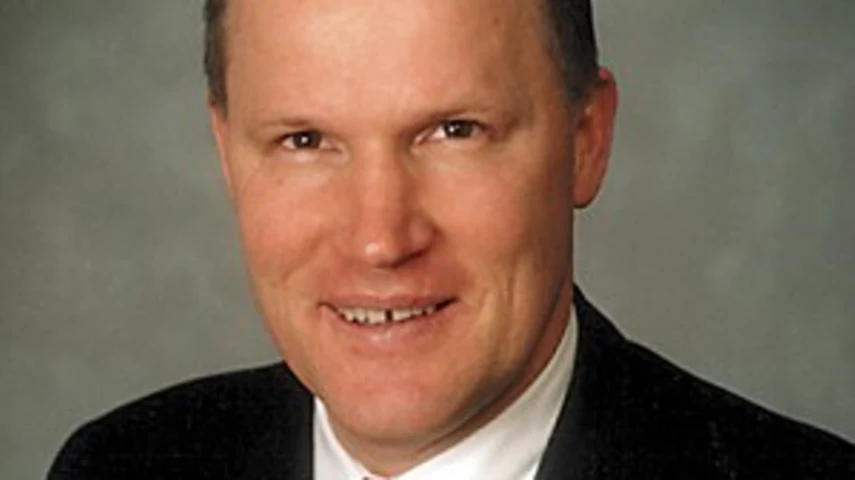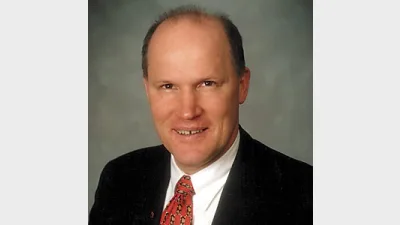AIOFP ‘unity ticket’ call ignored by FPA and AFA



The Association of Independently Owned Financial Professionals (AIOFP) has attempted to bury the hatchet with other advice associations around the Life Insurance Framework (LIF) but has so far been rebuffed in its efforts.
The AIOFP has told its members that its' executive director, Peter Johnston, had written to the Financial Planning Association (FPA), chief executive, Mark Rantall, and Association of Financial Advisers (AFA), chief executive, Brad Fox, seeking to meet "to ensure there is some equity and balance for all stakeholders going forward".
In writing to the two associations late last week Johnston stated that "It seems to us there is some compromise now being sought from a number of different parties and considering we all seem to be dealing simultaneously with the Minister on this matter, a reasonably united front makes political sense in our view".
However in a note to members sent earlier this week Johnston stated the AIOFP board, aware of the impending change of Prime Minister, had decided to contact the AFA and FPA "in an attempt to work collaboratively with them to ensure advisers and consumers were treated more fairly with the proposed changes."
"Unfortunately both ignored our offer," Johnston said.
The move represents a shift for the AIOFP which has been critical of the FPA and AFA's approach to the Trowbridge Report and the handling of the LIF proposals.
Previously the AIOFP stated the two associations were under the influence of insurers, had not engaged with its members to any meaningful degree, had sold out advisers and were also engaging in political manoeuvres to make themselves look better in the eyes of their members, as well as locking out the AIOFP from initial discussions.
As such the AIOFP had put forward its own LIF proposal (see below — Initial AIOFP Proposal) but in the note to members sent out this week said it would put forward its ‘amended views' which have shifted from 70 per cent upfront commissions to 80 per cent upfront commissions and from two-year clawback to one year clawback (Amended AIOFP proposal).
FPA chief executive Mark Rantall said the approach has come at a time of political uncertainty regarding who would be overseeing the financial services sector but the FPA was maintaining contact with the Government and was continuing its dialogue around LIF, the Financial Services Inquiry and the Parliamentary Joint Commission on professional, ethical and education standards in the financial services industry.
He said the FPA was well aware of the concerns around clawback and was continuing to discuss this with Government representatives.
AFA chief executive Brad Fox said representatives of the association had spent two days in Canberra meeting with politicians to discuss the impact of the LIF on advisers, advice businesses and consumers.
"In the interests of our members and a positive outcome for life insurance advice, we will continue to focus our efforts in Canberra, where the decisions are being made," Fox said.
Life Insurance remuneration proposals released by Industry Associations
|
Proposal provisions |
Initial FPA proposal |
Initial AFA proposal |
FPA/AFA/FSC proposal |
Initial AIOFP proposal |
Amended AIOFP proposal |
FSI proposal |
|
Up front commissions |
80% |
80% |
80% to 60%* |
70% |
80% |
Level |
|
Ongoing commissions |
20% |
20% |
20% |
20% |
20% |
Level |
|
Clawback period |
2 years |
2 years |
3 years |
2 years |
1 year |
- |
|
Transition period |
3 years |
2 years |
3 years |
2 years |
2 years |
- |
* over three years from 1 Jan 2016
Recommended for you
Melbourne advice firm Hewison Private Wealth has marked four decades of service after making its start in 1985 as a “truly independent advice business” in a largely product-led market.
HLB Mann Judd Perth has announced its acquisition of a WA business advisory firm, growing its presence in the region, along with 10 appointments across the firm’s national network.
Unregistered managed investment scheme operator Chris Marco has been sentenced after being found guilty of 43 fraud charges, receiving the highest sentence imposed by an Australian court regarding an ASIC criminal investigation.
ASIC has cancelled the AFSL of Sydney-based Arrumar Private after it failed to comply with the conditions of its licence.












